Gardening Australia episode 34 2020: Millie Ross shows how to garden on a shoestring, Clarence Slockee explores the world of Myrtles, Tino Carnevale grows eggplant and capsicums, and guest presenter Craig Miller-Randle perfects the art of watering indoor plants.
Gardening Australia has always provided practical, trustworthy and credible gardening advice to inspire and entertain. Inspiring, entertaining and full of practical advice, join Costa Georgiadis and the team as they unearth gardening ideas, meet avid gardeners and look at some of the most inspiring gardens from across the country.
Gardening Australia episode 34 2020
Thrifty Gardening
Millie shares thrifty tips to create a beautiful and productive garden on a shoestring. Nutrients are key to plant growth and you can buy them in a bag, or you can collect them in the form of food scraps, grass clippings, coffee grounds, and more – you just need a compost bin to turn them into a form the plants can use.
Millie also collects manure from local sources and composts it for 6-8 months to make sure it’s safe for the garden. Chickens are another great source – half of their manure is produced at night so it’s easy to collect by placing trays underneath where the chickens roost.
It’s important to work the manure or scraps into the compost pile so that the nitrogen the plants need isn’t lost into the atmosphere. You can also cover the pile with straw to keep it all in.
FAQS – Chinotto | Scale ID | Removing flowerheads
Jane reveals what pest is eating chinotto fruit, Josh identifies and controls scale and Jerry explains the benefit of removing spent flowers.
Myrtle Mob
Clarence introduces us to the great diversity of Myrtles – one of the most useful plant families on the planet! Whether on the coast or in the snow, you will find members of the Myrtle Mob across Australia. Scientifically speaking, they are the Family Myrtaceae, which includes the recognisable eucalypts, leptospermums, and melaleucas, and is made up of thousands of species.
Clarence is at the Wollongong Botanic Gardens where the River Red Gums are over 100 years old. As they get older, they create important habitat for native fauna. One the fascinating things about eucalypts is how they protect themselves – if a limb breaks off, they form burls of scar tissue that jut out from the tree. If you cut a burl off and hollow it out, they make the perfect bowl or cup shape.
First Nations people have known about such uses of myrtles for thousands of years, be it Yidaki or didgeridoos, pieces of art, firesticks, and woomera or spear throwers.
Plant Profile – Purple Loosestrife
We profile the Purple Loosestrife – an attractive perennial plant that is native to Europe, Africa and eastern Australia.
Controlling Whitefly in Gardening Australia episode 34 2020
Josh has a surprising and smart solution for controlling a common pest in the vegie patch. Whitefly are small, sap-sucking insects that hide on the underside of leaves. When disturbed, you’ll see them flying around. As they rob sugars from the plants, they can cause leaf damage and stunt shoots. They are also disease vectors, spreading viruses from plant to plant.
Pest-proof Compost
Guest presenter Hannah Moloney modifies a compost bin to stop rats in their tracks! Rats love compost bins as they provide warmth, nesting materials and of course food. Most compost bins don’t have a base though, which allows rats to dig down and get in from underneath. Here’s a simple way to create a base for your bin:
Tasty Solanaceae
Tino shares tips on growing eggplants and capsicums as regular summer staples, from patch to plate. As seed, these plants need a reliably warm soil temperature – 21 degrees for capsicums and chilli, and 25 degrees for eggplants. In cooler parts of the country they’re best started in a greenhouse or under a cold frame to get healthy, big seedlings by spring.
These plants are in the Solanaceae family, same as tomatoes, so the soil preparation is similar. Tino prepared a bed full of rich, well-draining soil a month ago to give it a chance to really come alive. Lots of compost is important and pelletised chicken manure will add calcium and phosphorus which the plants use for healthy fruit.
In warm areas, capsicums should be placed 40-50cm apart, but in cooler areas spread them out to 70cm to allow extra sunlight in which warms the soil, keeping them cosy at night.
My Garden Path – Fran Bodkin – Gardening Australia episode 34 2020
We meet elder Fran Bodkin, a scientist and educator who shares the importance of native plants for food, medicine, and culture.
“This place was known as the Yandel’ora – the land of peace between people. In the old days, before the white man came here, it was a meeting place. We now know that Aboriginal people from South Australia, Northern Territory and northern Queensland came down to the meetings held here, in Mount Annan.”
“My mum and my grandma used to bring me down here when I was a child. They would tell me the legends about the plants. I realised that the legends are there to help you to remember why those plants are there.”
Fran was born under a tree and perhaps that’s why she loves them so much! As a child Fran would even dance on a desk to get thrown out of the classroom, which is exactly what she wanted – to be with the trees, her friends.
Plant Profile – Pom Pom Tree – Gardening Australia episode 34 2020
Jane profiles the Pom Pom Tree, bursting with wonderful white flowers in spring.
The Great Indoors – Water and Humidity
Guest presenter Craig Miller-Randle explains the art of watering indoor plants in the 3rd of his series on indoor plant care.
Citizen Orchid
Sophie joins citizen scientists using the newest smart phone technology to track native orchids for conservation research.
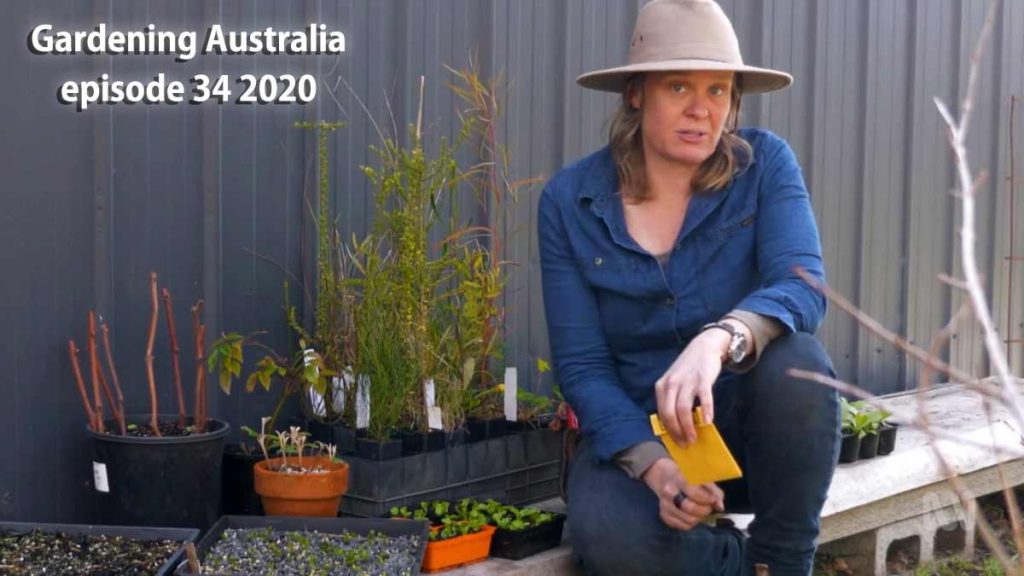
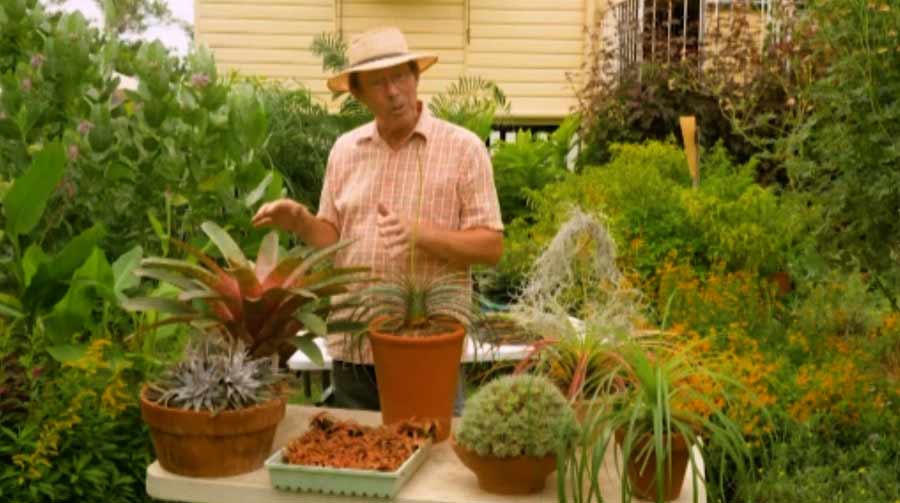
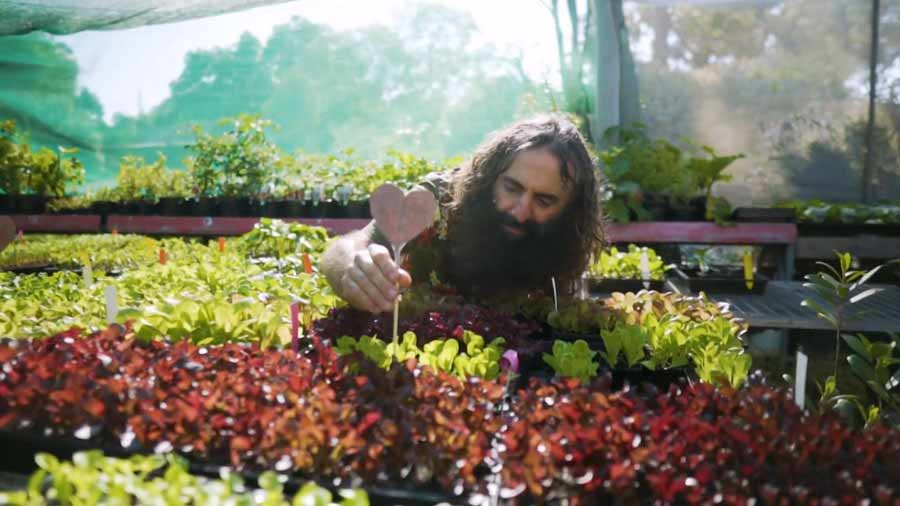
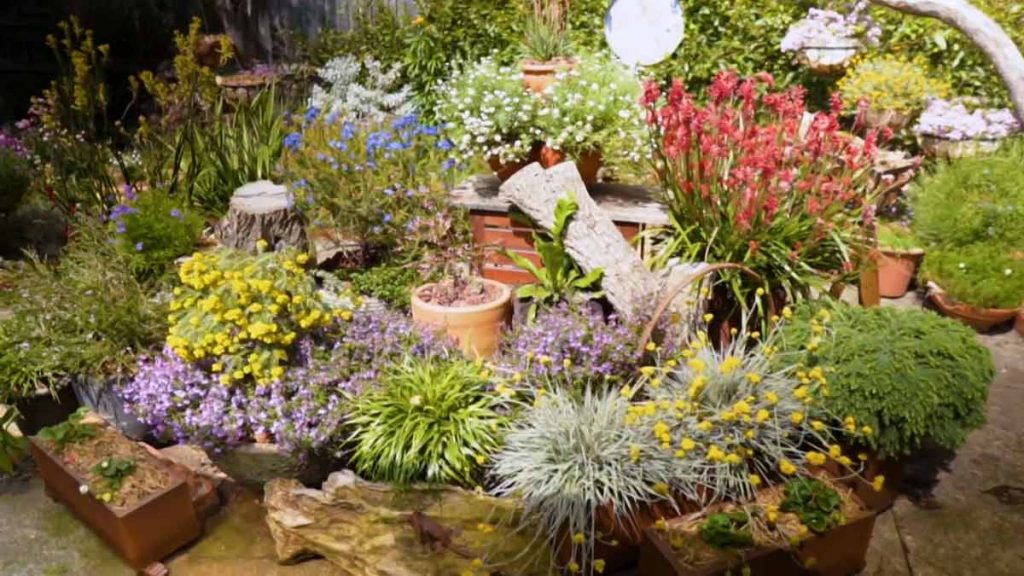
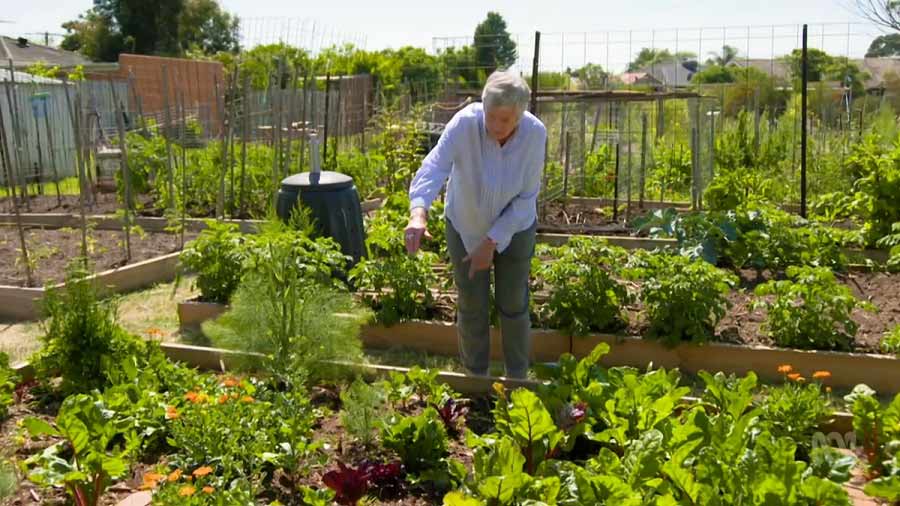
Pingback: Gardening Australia episode 35 2020 — gardening advice to inspire